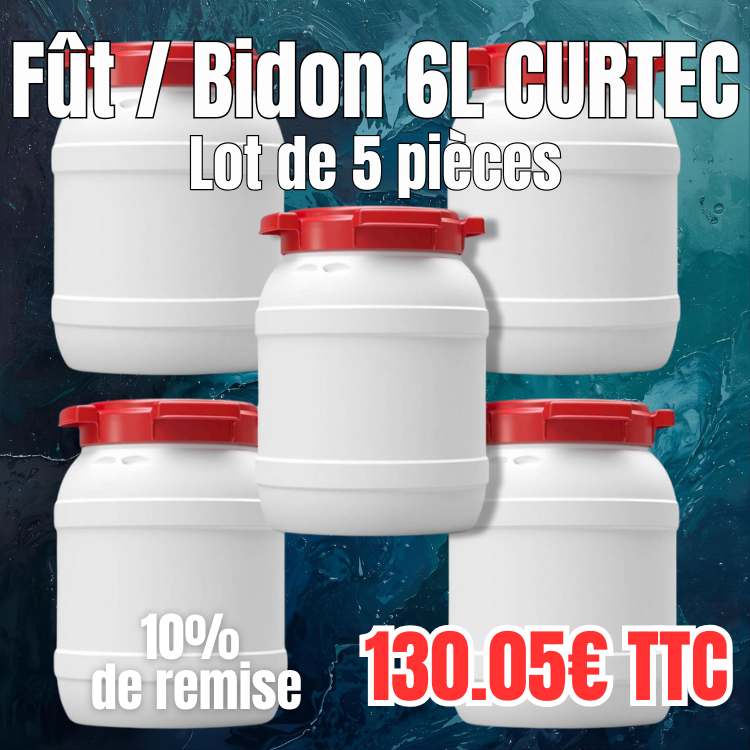
Snow removal: what to do in front of your home?
Snow removal: what to do in front of your home?
The first snows have fallen, or are probably eagerly awaited.... If these flakes are often synonymous with joy and poetry, they can quickly complicate daily life. Here's everything you need to know about snow removal.
Do you have to plow in front of your house?
To answer this question, there are two scenarios to consider:
- The situation in which no municipal ordinance stipulates that you must clear snow in front of your home, in which case it is up to the municipality in which you live to take care of it. In this case, the latter may be liable by the victim of an accident due to the lack of action to clear the snow. Beware, however: the responsibility of the residents,since it is considered that they have been negligent in terms of snow removal can also be engaged... If you live in an area where heavy snowfall occurs every year at the same time, you may be responsible for not plowing your roof in case a block of snow slips from it and damages a car parked below;
- The situation in which a municipal ordinance provides for the obligation for residents to plow in front of their homes, which we will detail.
Mandatory snow removal: what are we talking about?
The word "snow removal" is used, but in municipalities where snow removal is mandatory, the term does not refer to a single task.
Snow removal, of course, means:
- Clearing the snow to the edge of the sidewalk with a snow shovel,and being careful not to clog the manholes, the water must be able to drain;
- And the action, in case of ice, salting or sanding so that everyone can move on the public road in optimal conditions of safety.
Beware, in the municipalities most affected by snow, such as ski resorts, the mayor's order may also include the installation of snow stops on the roofs of buildings, or the removal of ice that forms along the pipes.
Mandatory snow removal: who should plow?
These two (or four) actions, when they are to be undertaken by the residents, are the prerogative of tenants or owners at the level of detached houses, or of the condominium trustee acting on behalf of the syndicate of co-owners when it comes to a condominium building.
In the event that you have to plow but do not, you are liable to a fine of 38 euros for not complying with snow removal measures, but also to have your responsibility incurred by the victim of an accident caused by snowfall in front of your house.
I have an obligation to clear, how do I do it?
Unfortunately, it is not enough to push the snow into a corner for the mission to be (well) accomplished. First of all, know that the sooner you start clearing snow, the more efficient it will be.
Indeed, the longer you delay the time to get started, the more likely the ice patches are to form and to be thick and dangerous (even for you when clearing snow). Because when the snow melts during the day, it usually freezes in the middle of the night... And forms an ice rink that complicates travel and snow removal.
To clear snow, usea shovel first to remove fresh snow. Being fresh and not compact, it should not stick to your tool. If you're apprehensive about the scenario where the snow doesn't come off the shovel, don't hesitate to coat your shovel with oil or car wax: this will save you a lot of nasty surprises.
Ice, how to get rid of it?
As you can imagine: the most dangerous thing for passers-by is not the fresh snow... But the patches of ice that, as explained above, form when the snow melts and freezes as temperatures drop. Necessarily... We let you imagine the waterfalls that the presence of these plates can cause!
To avoid any risk of slippage, you can use snow removal salt,packaged in large bags of 10 kg and sold especially in DIY stores. For a bag, count between 10 and 15 euros. Note that a single bag is not necessarily enough.
You can also think system D: wood chips, sand, or ash are your friends and will do just fine.
Be careful if you opt for the "salt" option: before salting, you will have to protect the surroundings from the massifs that are in front of you by pouring a layer of sand. If you dirty directly, you risk damaging the plants hidden under the snow... That would be a shame!
Find all our tools and products dedicated to salting and snow removal on multitanks.com.
Share this content

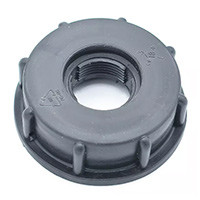
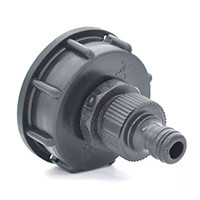

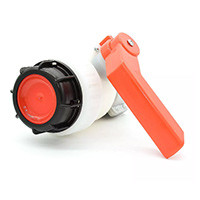

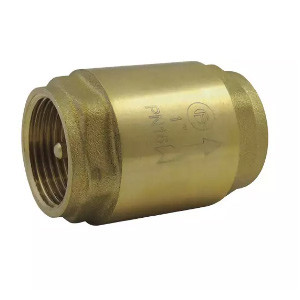
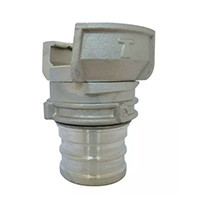
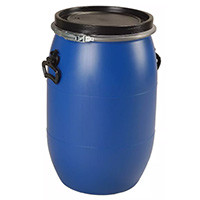
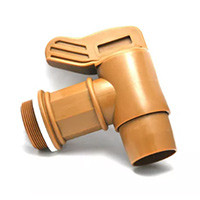
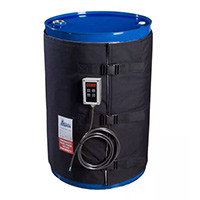


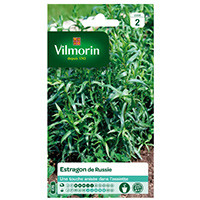

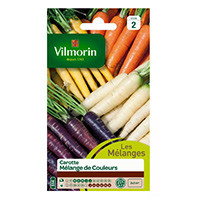



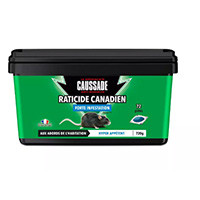
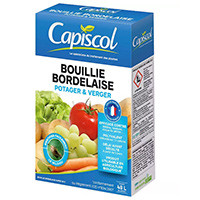
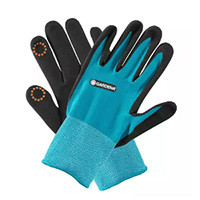
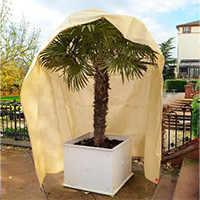
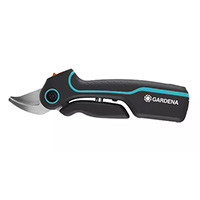

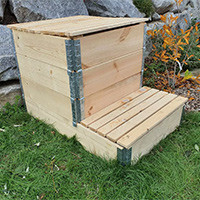
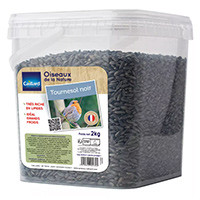
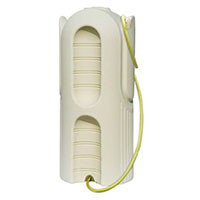
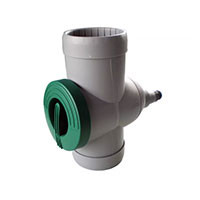
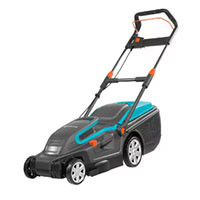
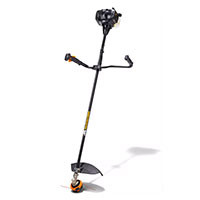
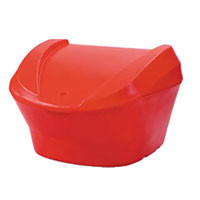
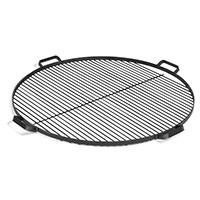
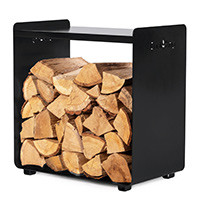
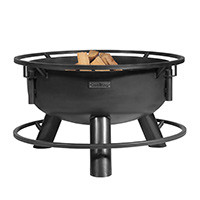
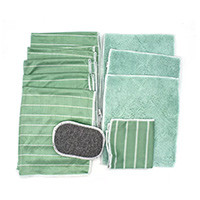
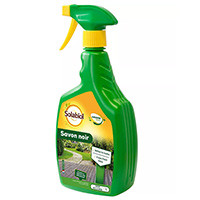

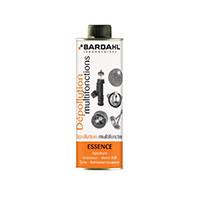
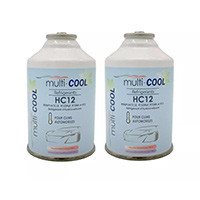


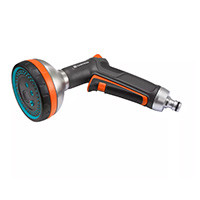
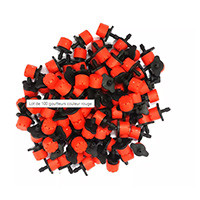

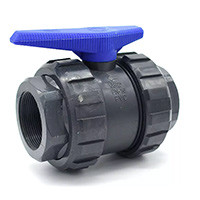
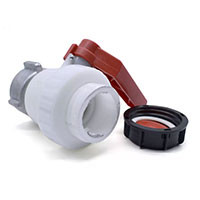

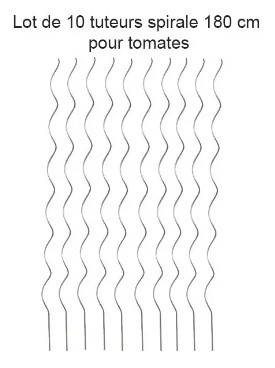
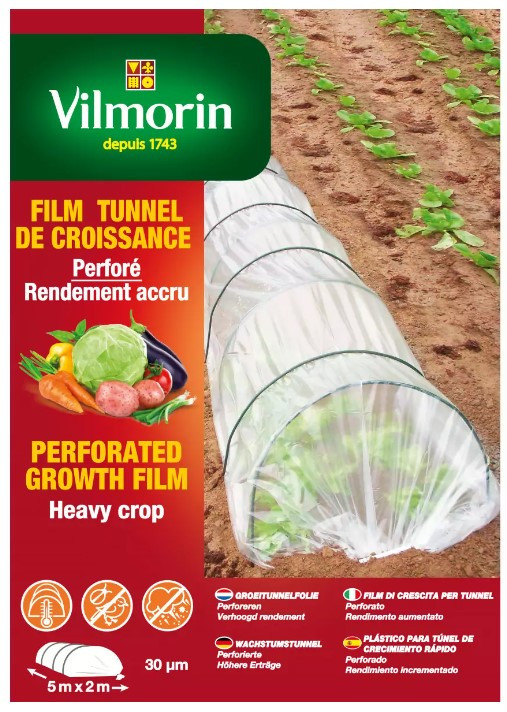
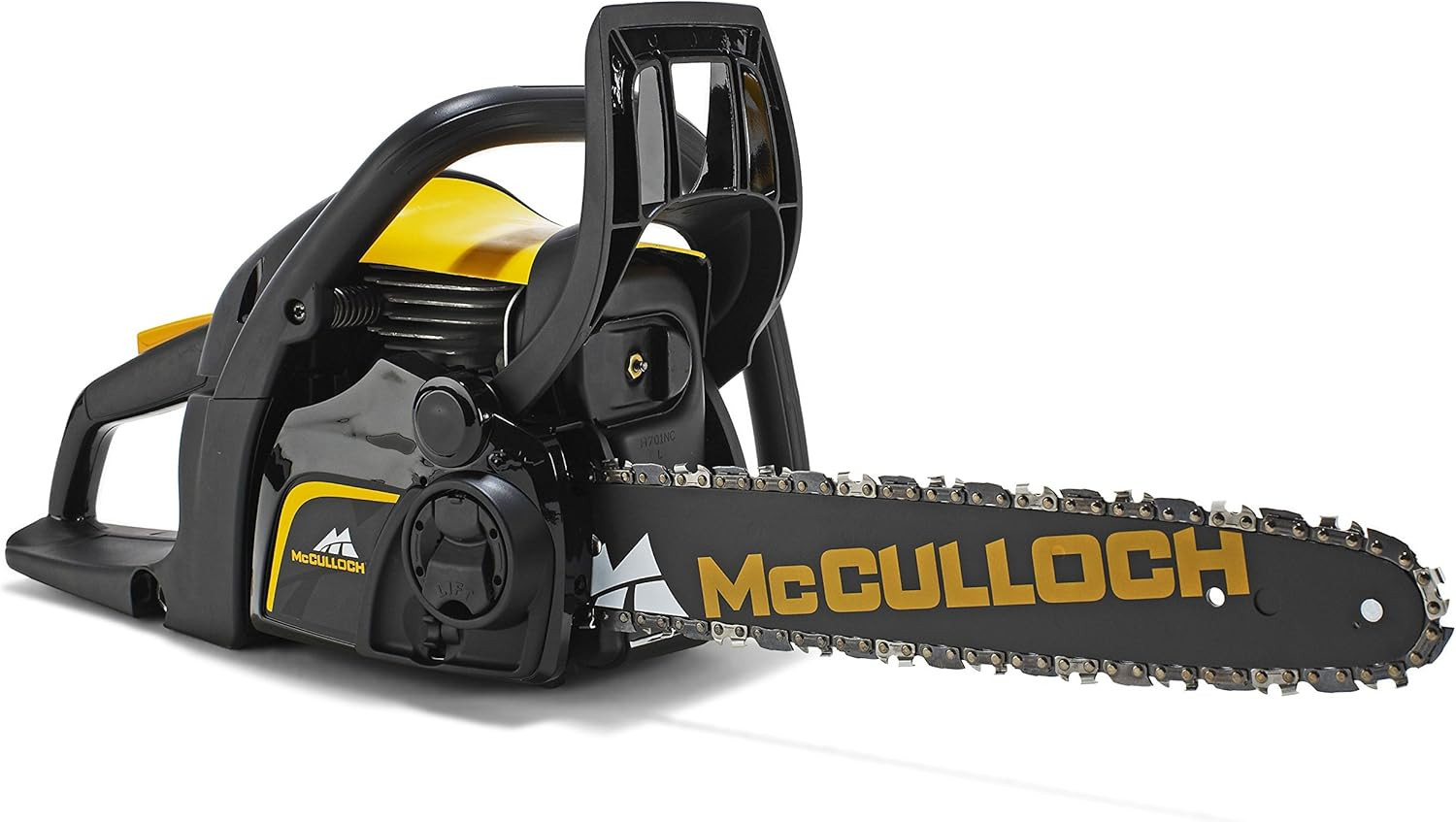
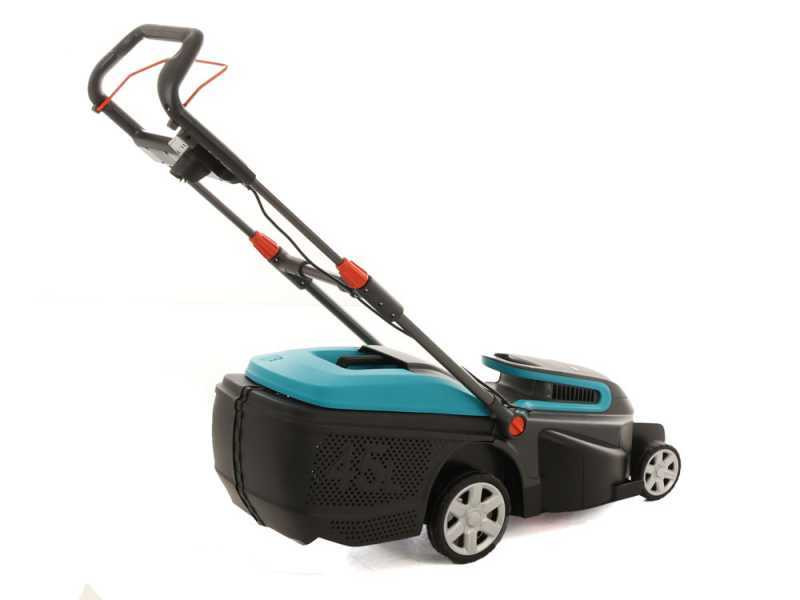



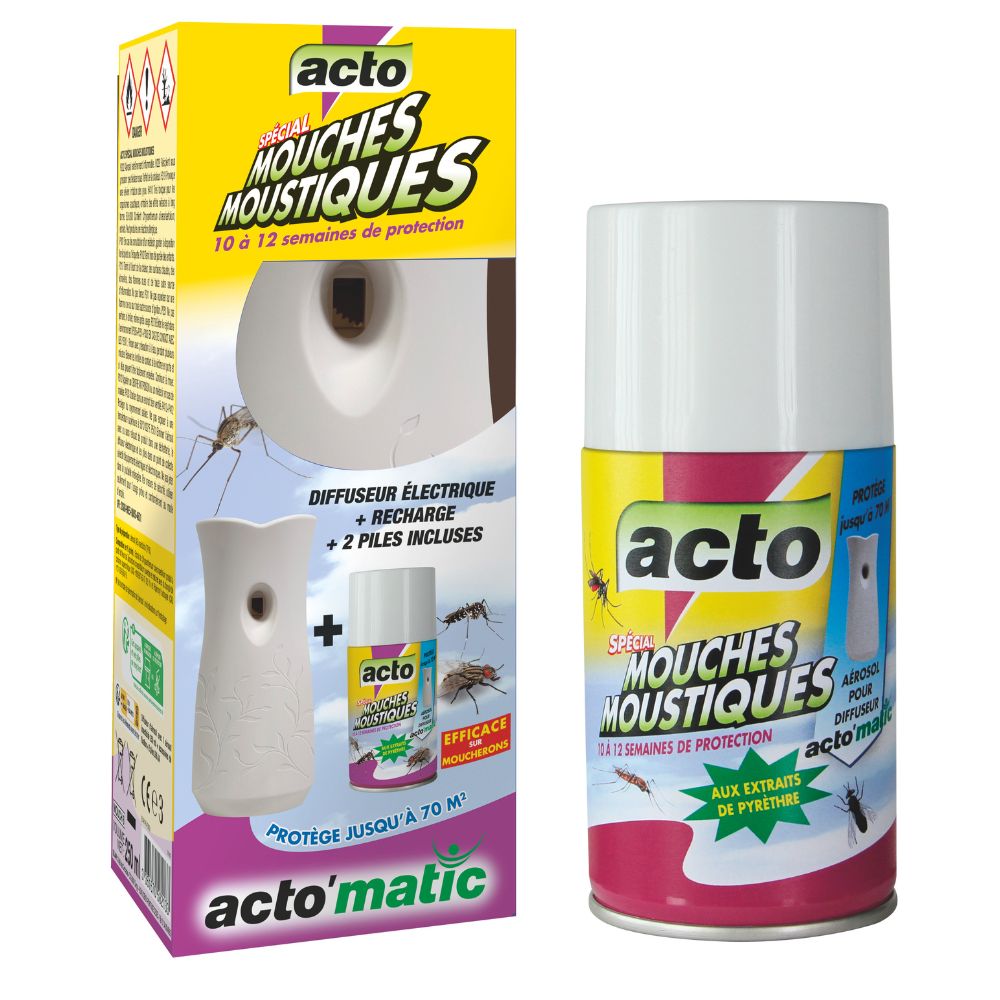
_688cc30f83e4e.jpg)
